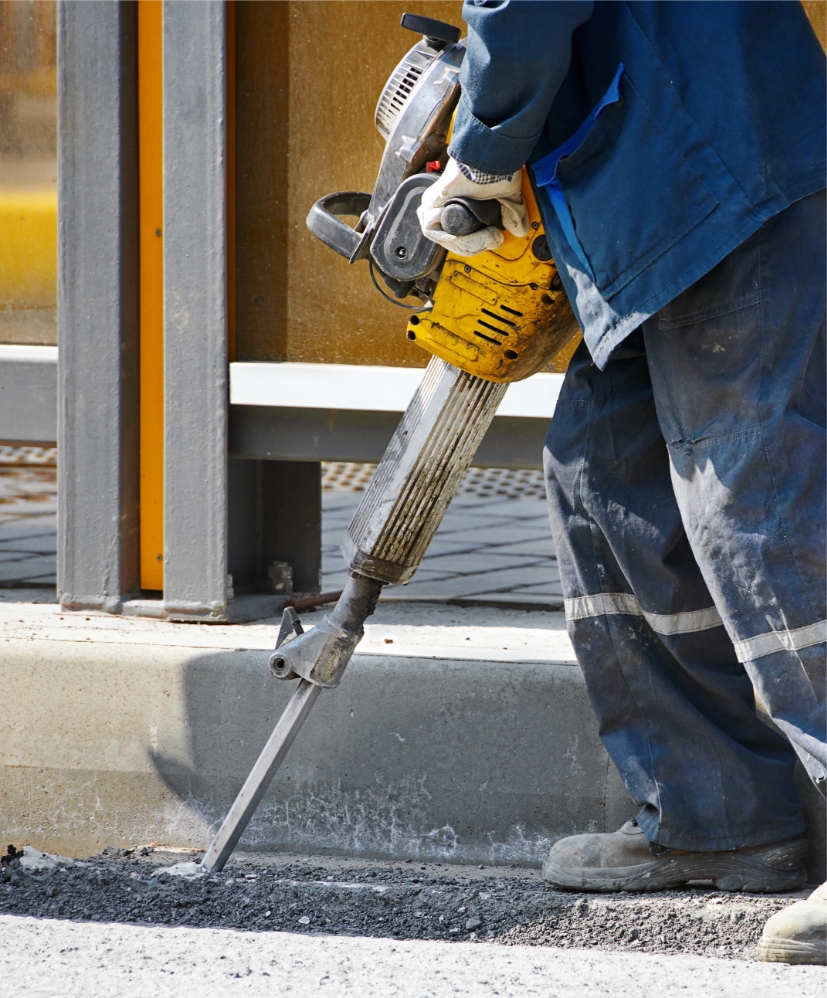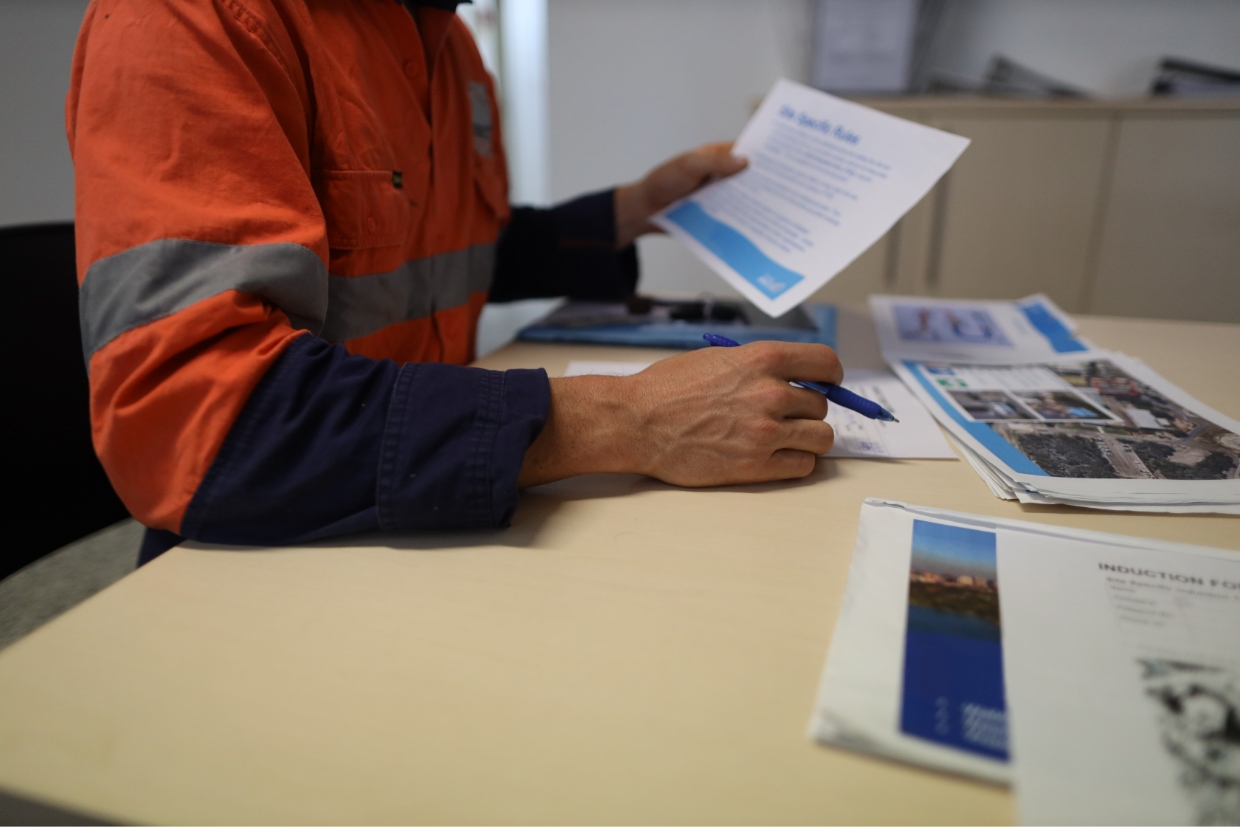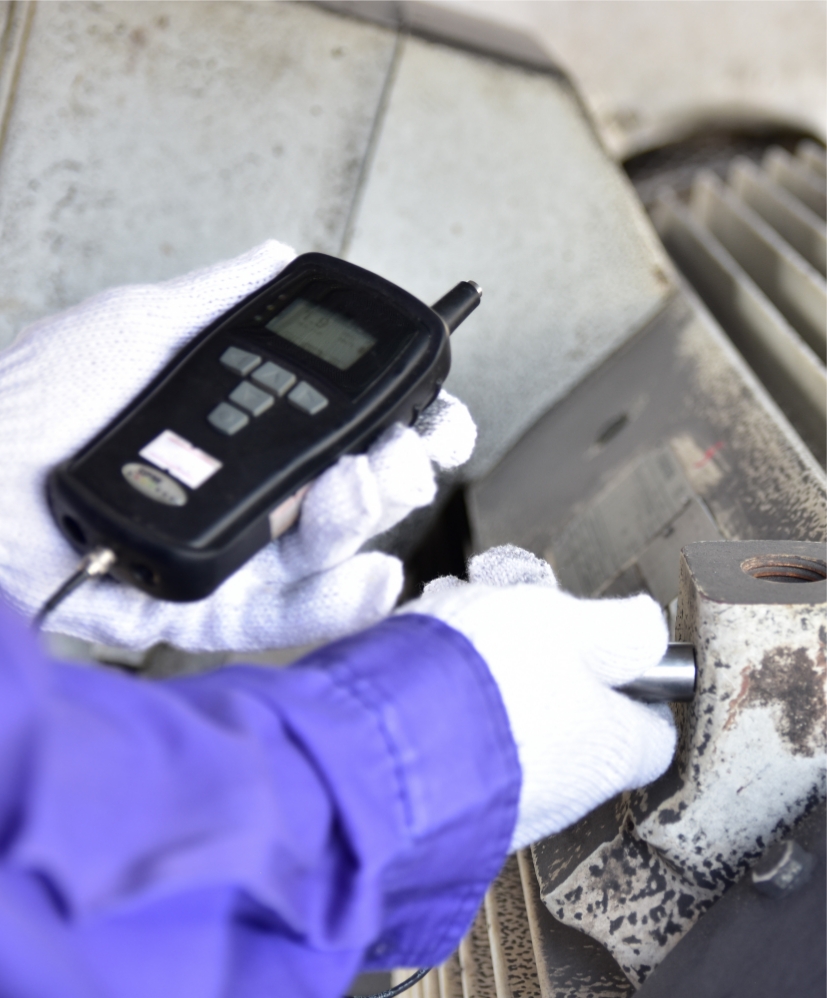
Hand Arm Vibration – What is it?
Vibrations, from vibrating tools or machinery, can cause damage to a workers hands and fingers. Hand arm Vibration Syndrome is a medical term for symptoms caused by vibration damage.
When a work is exposed to high levels of vibration, long term damage can happen to nerves and muscles in the workers hands. Over time, this can impact strength, movement and accuracy of movement in the hands.
With the right controls in place, symptoms of Hand Arm Vibration Syndrome (HAVS) and associated conditions can be prevented, to avoid permanent damage, and disabilities. It is estimated by the HSE, that 288,000 workers have developed HAVS due to their work processes.
What are the symptoms of HAVS?
The symptoms of early HAVS include;
- Numbness and tingling in the fingers
- Altered sensations in the fingers after working with vibration tools
- Decreased grip strength in the hands
- Colour changes in the fingers
If these symptoms are identified early, action can be taken to avoid long lasting, permanent damage. If these symptoms are ignored, and exposure to vibration continues, the damage from vibration is irreversible.


Advances symptoms include:
- Pain
- Sleep disturbance
- Numbness and permanent altered touch
- Significant reduction in grip strength and dexterity; picking items up such as a pen or screws.
- Carpel tunnel and other upper limb complications.
Which industries are at high risk?
- Construction – power tools, hammer drills etc.
- High way maintenance – breakers, power tools etc.
- Engineering – power tools, impact wrenches
- Forestry – strimmers, chainsaws
- Estate management – strimmer, lawn mowers
- Mining - power tools, machinery
- Utilities instillation – brakers, power tools
- Concrete manufacturing – machinery, vehicles


Legislation around Vibration
Under the Control of Vibration at Work Regulations 2005, as an employer, you are required to assess, identify and control risks from vibration as far as reasonably possible.
The HSE requires employers to ensure employees are aware of the risks, and how to reduce vibration exposure time.
Compliance with vibration legislation to reduce and manage the risk can be achieved by ensuring your employees have health surveillance if you operate with vibrating tools, or in industries which are high risk.
How can risk be managed to protect your employees?
The Control of Vibration at Work 2005 legislation provides a 4-tiered system for HAVS assessment.
- Tier 1 – We perform an initial assessment before an employee starts working with using vibration tools
- Tier 2 – This is an annual assessment for employees who are continually exposed to vibrating tools, within the workplace. If symptoms are identified, a further detailed assessment may be required.
- Tier 3 – A tier 3 assessment is an comprehensive assessment, and clinical tests. If HAVS is suspected, then the employee is referred for a tier 4 assessment.
- Tier 4 – A Doctor will assess the employee and provide a staged diagnosis if applicable, with advice regarding the ongoing management of the condition. Any formal diagnosis must be reported by the employer under RIDDOR 1995.
How can we help?
We can work with you to ensure your employees are protected from vibration damage and provide guidance for any employees who show symptoms of HAVS to protect your employees and business for litigation. Get in touch to see how we can help.

